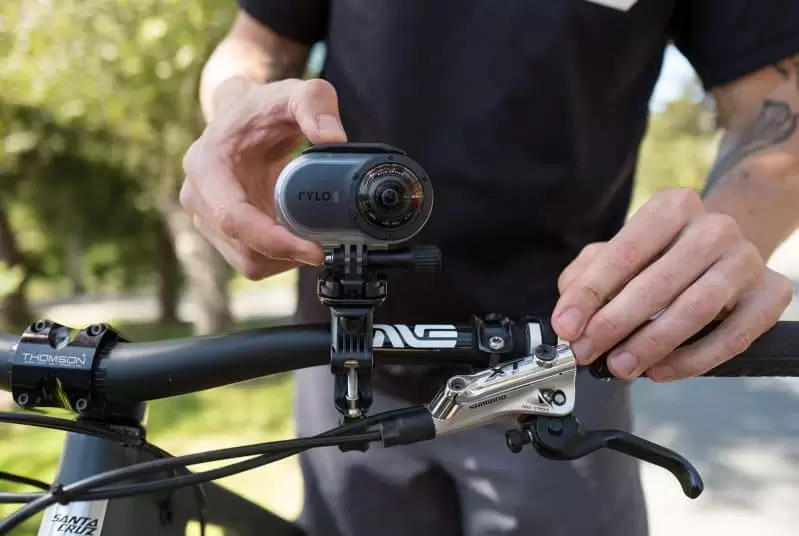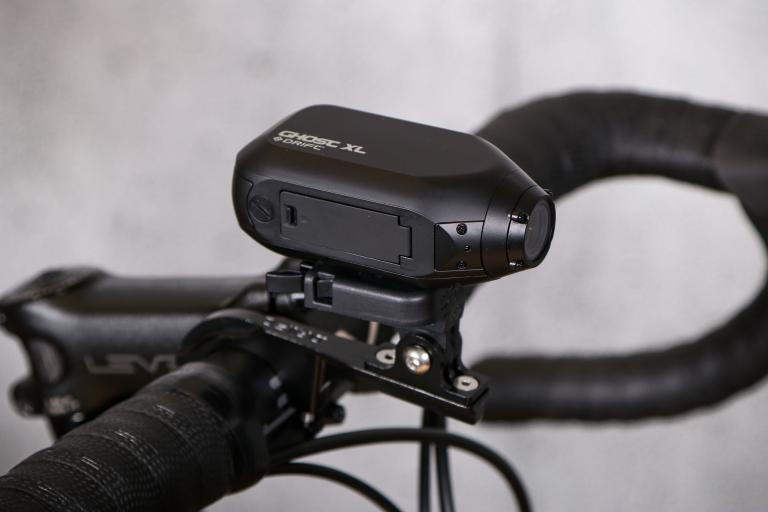Are you an avid cyclist who loves capturing your thrilling rides and picturesque cycling routes? If so, investing in a high-quality cycling camera is a must. A cycling camera allows you to document your cycling adventures, capture breathtaking scenery, and even provide evidence in case of accidents or incidents on the road. In this article, we will explore the world of cycling cameras and help you find the best one that suits your needs.
Introduction: The Importance of Cycling Cameras
Cycling cameras have become increasingly popular among cyclists of all levels. These cameras provide many benefits and enhance the overall cycling experience. They serve as a valuable tool for capturing memorable moments, improving your cycling skills, and ensuring your safety on the road.

Factors to Consider When Choosing a Cycling Camera
Before diving into the specific features and models, let’s explore the essential factors you should consider when selecting a cycling camera.
- Video Quality: Look for a camera with high-resolution video capabilities, such as 4K or 1080p, to ensure crisp and clear footage.
- Image Stabilization: Opt for a camera with built-in image stabilization technology to eliminate shaky videos caused by road vibrations.
- Battery Life: Consider the duration of your cycling trips and choose a camera with a battery life that can accommodate your needs.
- Mounting Options: Check if the camera has versatile mounting options that allow you to attach it securely to your helmet, handlebars, or other positions.
- Durability: Cycling cameras should be designed to withstand various weather conditions and shocks. Look for cameras that are dustproof, waterproof, and shockproof.
Top Features to Look for in a Cycling Camera
To ensure you make the right choice, here are some essential features to consider when selecting a cycling camera.
High-Resolution Video
A cycling camera should offer high-resolution video capabilities, enabling you to capture stunning visuals and details of your cycling adventures.
Wide-Angle Lens
A wide-angle lens provides a broader field of view, allowing you to capture more scenery and surroundings while cycling.
Image Stabilization
Image stabilization technology ensures smooth and steady footage even when riding on bumpy terrains or uneven surfaces.
Long Battery Life
Choose a cycling camera with a long battery life to capture your entire journey without worrying about the camera running out of power.
Easy Mounting Options
Look for a camera with versatile mounting options to attach securely to your bike, helmet, or any desired position.
Connectivity and Sharing Options
Consider cameras that offer Wi-Fi or Bluetooth connectivity, making it convenient to transfer and share your cycling videos and photos.
Best Cycling Cameras Available in the Market
This section will review three top cycling cameras currently available in the market.
Model A: Cutting-Edge Technology for Stunning Footage
- Description: Model A offers the latest technological advancements, including 4K video resolution, image stabilization, and a wide-angle lens.
- Pros: Superior video quality, excellent image stabilization, and advanced features for capturing breathtaking footage.
- Cons: Higher price point compared to other models.
Model B: Compact Design for Easy Mounting
- Description: Model B is a compact, lightweight cycling camera designed for easy mounting on helmets or handlebars.
- Pros: Small and lightweight, versatile mounting options, decent video quality.
- Cons: Limited battery life compared to other models.
Model C: Budget-Friendly Option without Compromising Quality
- Description: Model C offers a cost-effective solution for cyclists on a budget, providing decent video quality and essential features.
- Pros: Affordable price, satisfactory video quality, durable build.
- Cons: Limited advanced features compared to higher-end models.
Comparison of Cycling Cameras
Let’s compare the key features and specifications of the three cycling camera models:
| Feature | Model A | Model B | Model C |
|---|---|---|---|
| Video Resolution | 4K | 1080p | 1080p |
| Image Stabilization | Yes | Yes | No |
| Battery Life | 4 hours | 2.5 hours | 3 hours |
| Mounting Options | Versatile | Helmet/Bar | Helmet/Bar |
| Connectivity | Wi-Fi, USB | Wi-Fi, USB | USB |
| Price | High | Moderate | Affordable |

How to Mount and Use a Cycling Camera
Knowing how to mount and use your cycling camera effectively is crucial once you have selected your cycling camera. Follow these steps:
- Choose the appropriate mounting location: Decide whether you want to mount the camera on your helmet, handlebars, or any other position that offers a clear view.
- Ensure a secure attachment: Use the provided mounting accessories to secure the camera tightly, ensuring it won’t move or fall during your ride.
- Adjust the camera angle: Position the camera to capture the desired field of view and make necessary adjustments to achieve the best angle.
- Start recording: Turn on the camera and start recording before you begin your cycling adventure.
- Review and share: After your ride, transfer the footage to your computer or mobile device and share it with your friends or social media.
Tips for Getting the Best Footage with Your Cycling Camera
To make the most out of your cycling camera and capture stunning footage, consider the following tips:
- Experiment with different camera angles and perspectives to add variety to your videos.
- Utilize the camera’s slow-motion or time-lapse features to create captivating sequences.
- Take advantage of natural lighting conditions to enhance the quality of your footage.
- Clean the camera lens regularly to avoid streaks or dirt affecting video clarity.
- Consider using a camera with built-in GPS to track your cycling route and display your speed and distance in the footage.
Safety Considerations When Using a Cycling Camera
While cycling cameras are valuable tools, it’s essential to prioritize safety when using them. Keep the following points in mind:
- Ensure the camera mount doesn’t obstruct your view or interfere with your ability to operate the bicycle.
- Familiarize yourself with local laws and regulations regarding helmet-mounted or handlebar-mounted cameras.
- Respect the privacy of others when sharing footage, blurring, or editing out identifiable information as necessary.
Read More:
How to Fix a Flat Bike Tire on the Road
Conclusion(Best Cycling Camera)
In conclusion, a cycling camera is an indispensable accessory for cyclists who want to capture and relive their thrilling journeys. You can document and share your adventures with others by choosing the right camera with excellent video quality, image stabilization, and versatile mounting options. Remember to prioritize safety and follow local regulations when using your cycling camera.
FAQs:(Best Cycling Camera)
- Q: Are cycling cameras waterproof?
- A: Some cycling cameras have waterproof features or protective casings to withstand rain or splashes. Check the specifications of the camera you are interested in.
- Q: Can I use a cycling camera for hiking or skiing?
- A: Yes, many cycling cameras are versatile and can be used for various outdoor activities such as hiking, skiing, or even underwater sports.
- Q: How do I transfer videos from my cycling camera to my computer?
- A: Most cycling cameras provide options for transferring videos through Wi-Fi, USB connections, or dedicated mobile apps. Follow the manufacturer’s instructions for your specific camera model.
- Q: Can I use a cycling camera as a dashcam for my bike?
- A: Yes, some cycling cameras offer dashcam modes that continuously record while you ride, providing an additional layer of safety.
- Q: Are cycling cameras legal to use on public roads?
- A: In most jurisdictions, using a camera is legal as long as it doesn’t obstruct your view or distract you from operating the bicycle. However, it’s essential to check your local laws and regulations to ensure compliance.
